We think that we experience reality, and on occasion, some have the impression that through special circumstances they are able to catch sight of a deeper insight, they feel they have got a sense of the ultimate nature of the world. In the past, this was most apparent in religious experiences. But, in contemporary times, it is most commonly found in psychedelic experiences. James Cooke here argues that these mystical experiences can reveal how consciousness itself is a window onto reality and that consciousness and reality exist in one and the same world.
In contemporary neuroscience, it is common to envision the brain as being fundamentally isolated from the outside world. Your brain sits in the darkness of the skull like a prisoner, one who only receives clues as to what is occurring in the wider world, clues provided by the senses. It is the job of the brain to conjure a vision of what could be occurring in the world beyond the bony confines of the cranium. This capacity to imagine the world and oneself within it is what we call consciousness.
Another perspective comes from contemplatives with expertise in exploring consciousness directly. During these explorations, it is common for such spiritual practitioners to experience radical changes in consciousness. These non-ordinary “mystical” states reveal insights regarding the nature of the mind. What’s more, many claim to also glean insights into the nature of reality itself.
___
Rather than directly providing information about reality, “mystical” experiences of union with the rest of reality may instead dispel delusional beliefs about the way the world is
___
Obviously we are made of the same stuff as the rest of reality, there is nothing special about the individual atoms that make you up. We gain knowledge not through individual physical particles of this kind, however, but through the mind. Immanuel Kant distinguished between what he called the “noumenal”, the world as it exists in itself, and the “phenomenal” world, the mental world of experience. How can experiences arising in the mind possibly provide information about the nature of the world in itself, beyond the mind?
SUGGESTED VIEWING AI consciousness cannot exist With Markus Gabriel
Rather than directly providing information about reality, “mystical” experiences of union with the rest of reality may instead dispel delusional beliefs about the way the world is. This reflects the tradition of negative theology, in which it is understood that the ground of being can only be approached through negation. What beliefs must we negate in order to come closer to reality as it is in itself?
Many spiritual practitioners come to the insight that one’s presumed separation from the rest of existence is just an idea, not a material reality. Science confirms this, with its view of living things as open systems that continually exchange material with the rest of the physical world. This insight can also generalise beyond oneself to every “thing” that we perceive. This too fits with what we know about the nature of categorical perception - the mind divides up the physical world in our experience, but the world itself is not actually divided along these perceived lines. The weed in your garden is not actually a weed in itself, different to the other plants; you merely perceive it as a weed. Boundaries between weeds and non-weeds do not exist outside of the mind. Negating our sense of personal separation from the world and our perception of independently existing objects can give the experience of insight into the holistic and interdependent nature of existence in general.
___









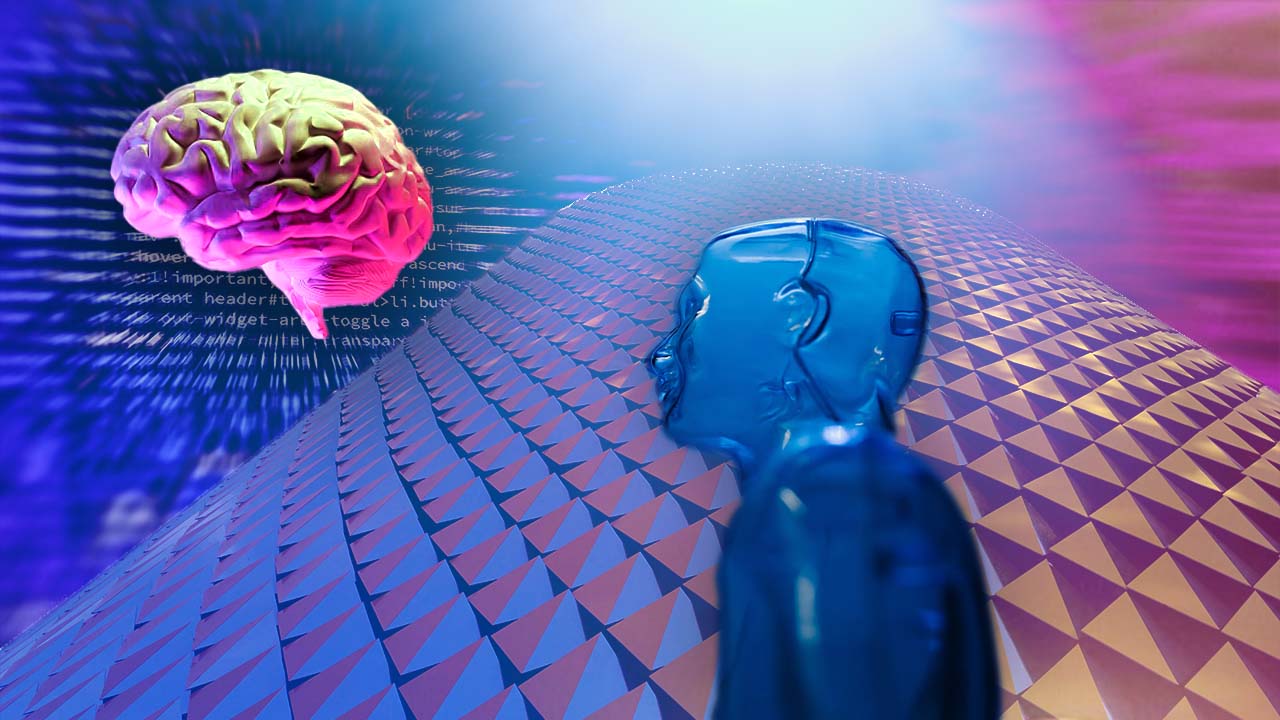

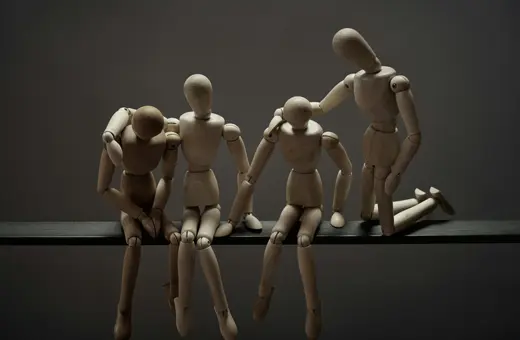
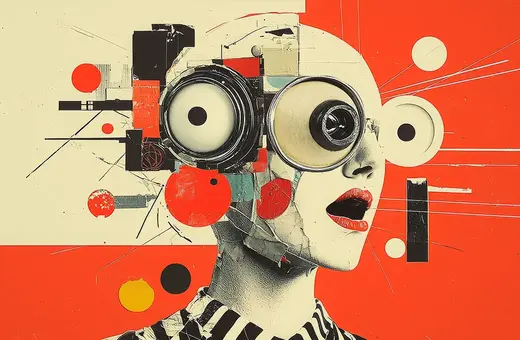


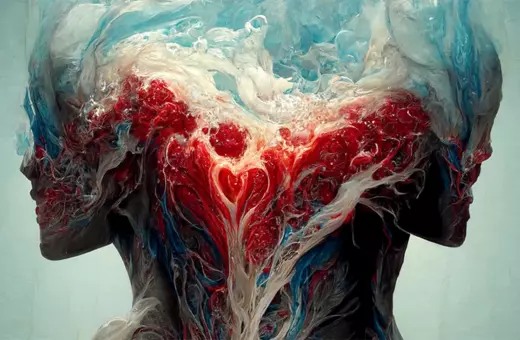
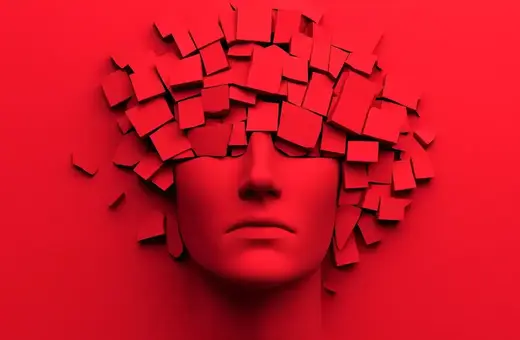
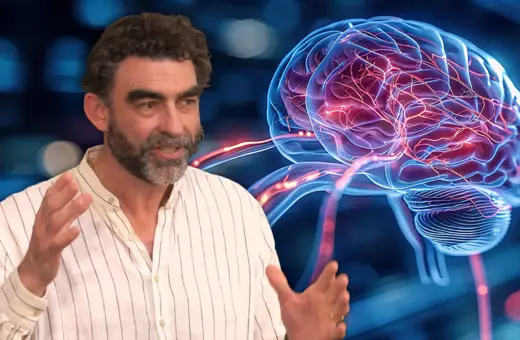
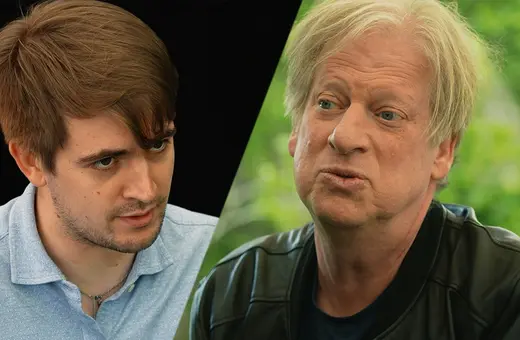
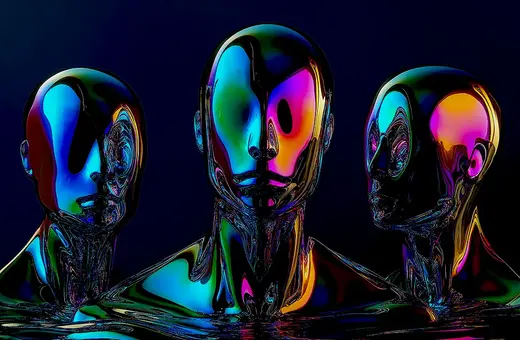
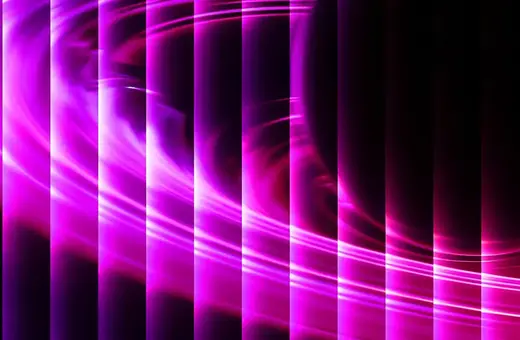

Join the conversation